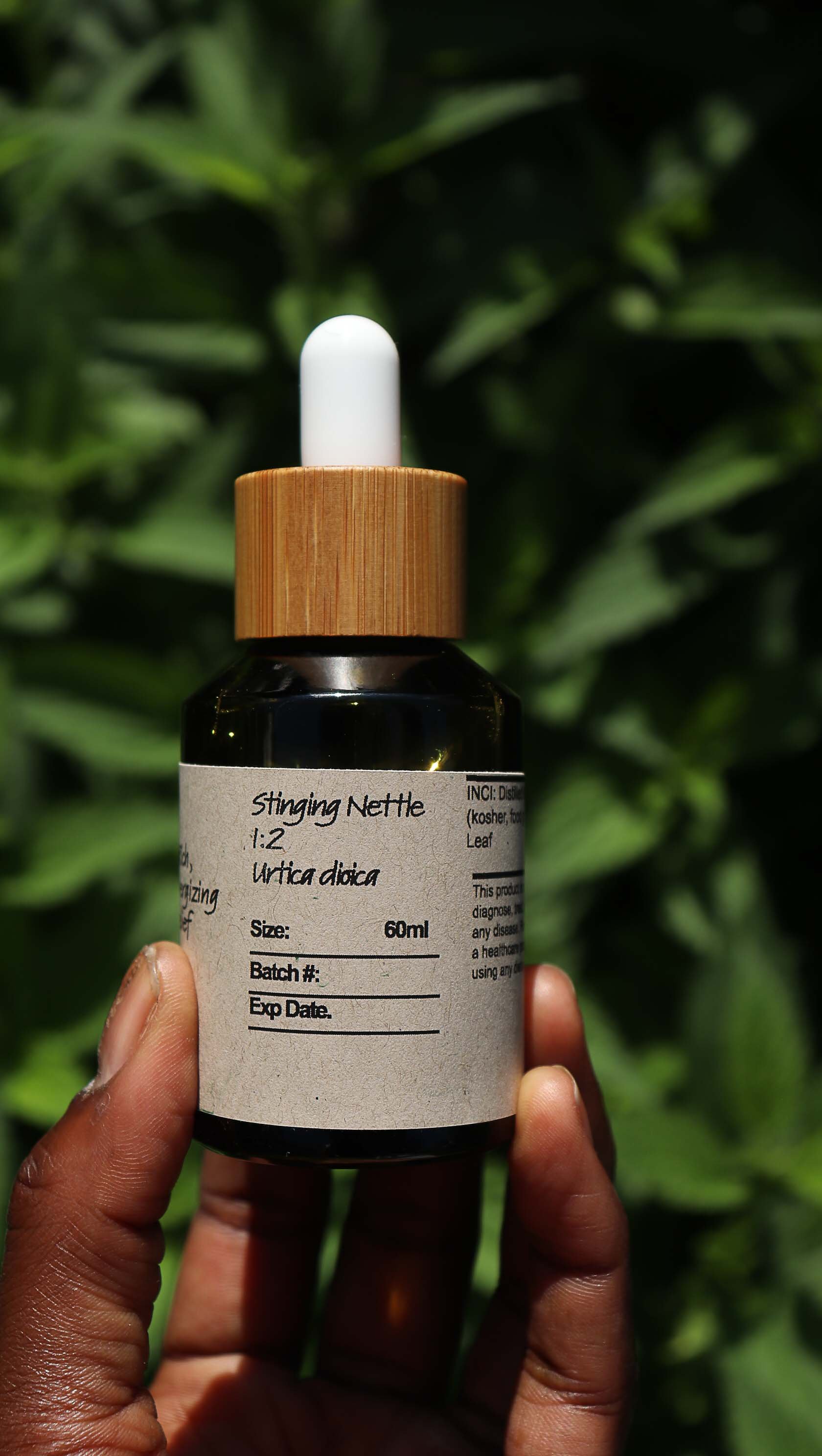Your Backyard: Nature's Pharmacy
Did you know that an astounding 80% of pharmaceuticals come from plants? This remarkable statistic underscores the profound connection between nature and medicine, highlighting the wealth of healing compounds found in botanical sources.
Many common weed varieties, often dismissed as nuisances, are actually treasure troves of key minerals, vitamins, and enzymes that are often lacking in the traditional American Diet. By embracing the natural abundance around us, we can not only boost our health but also save money and tap into the incredible healing power of plants.
In this blog, we'll explore three superfoods right in your backyard: dandelion greens, stinging nettle, and dead nettle. Discover their health benefits, culinary uses, and how to incorporate them into your daily routine for a dose of natural wellness.
Dandelion:
Dandelion greens are nutritional powerhouses, packed with vitamins, minerals, and antioxidants that offer a myriad of health benefits. Rich in vitamins A, C, and K, as well as calcium, iron, and potassium, dandelion greens support overall health and well-being.
Liver Health: Dandelion has long been used in traditional medicine to support liver health and detoxification. Its diuretic properties help flush toxins from the body, promoting optimal liver function.
Digestive Aid: Dandelion greens contain fiber, which supports healthy digestion and regularity. They also stimulate the production of digestive enzymes, aiding in the breakdown and absorption of nutrients.
Anti-Inflammatory: The antioxidants found in dandelion greens help reduce inflammation in the body, potentially offering relief from conditions like arthritis and inflammatory bowel disease.
When drying dandelion greens, you can use them to brew a nourishing tea or encapsulate them for convenient consumption. Dandelion tea is particularly beneficial for liver detoxification and overall wellness.
Dandelion: Recipes:
Dandelion Fritters: Turn those vibrant dandelion flowers into crispy delights with this simple recipe. Dip the flowers in batter and fry until golden brown for a deliciously unique snack or appetizer. Recipe Link
Dandelion Tea: Enjoy the whole dandelion plant as a nourishing tea. Simply steep fresh leaves, roots, and flowers in hot water for 5-10 minutes, add a splash of honey if desired, and savor the earthy flavor and health benefits.
Sauteed Greens: Sauté dandelion greens with garlic and a splash of vinegar for a flavorful side dish reminiscent of broccoli rabe. Their slightly bitter taste adds depth to salads, soups, and stir-fries.
Weed Control Tip: If you're looking to rid your garden of dandelions, opt for a natural approach. Pull the weeds from the root, dry them in the sun, and store them for later use. Utilize dandelion greens in teas, poultices, or encapsulated form for their health-boosting properties.
Stinging Nettle:
Stinging nettle is a nutritional powerhouse, revered for its rich array of vitamins, minerals, and phytonutrients. It is especially beneficial for women's health, particularly during menstruation, due to its iron content and potential to alleviate symptoms of PMS and menstrual cramps.
Iron-Rich: Stinging nettle is a potent source of iron, making it a valuable addition to the diet, especially for women who may be prone to iron deficiency. Iron is essential for red blood cell production and oxygen transport, helping to combat fatigue and support overall energy levels.
Menstrual Support: The iron and other nutrients found in stinging nettle can help alleviate symptoms of PMS and menstrual cramps. Its anti-inflammatory properties may also reduce bloating and discomfort associated with menstruation.
Bone Health: Stinging nettle is rich in calcium and other minerals that support bone health and may help prevent osteoporosis and other bone-related conditions.
Stinging nettle can be enjoyed fresh in teas or cooked as a nutritious green vegetable. Its versatility and health benefits make it a valuable addition to any diet, particularly for women seeking natural support during menstruation.
How to Use Stinging Nettle:
Handle with Care: While stinging nettle may seem intimidating, proper handling can neutralize its sting. Wear gloves when harvesting and processing the leaves, and be sure to rinse them well to remove any remaining stingers.
Cook Like Spinach: Enjoy stinging nettle fresh in teas or sautéed with garlic for a nutritious side dish. Its rich, earthy flavor makes it a versatile ingredient in soups, stews, and salads, providing an added boost of vitamins and minerals.
Don’t be scared we did the work for you!
Dead Nettle:
Dead nettle is a nutritional powerhouse, offering a wealth of vitamins, minerals, and antioxidants that support overall health and well-being. While it may resemble stinging nettle, dead nettle does not have the stinging hairs and is safe to handle.
Vitamin-Rich: Dead nettle is rich in vitamins A and C, which support immune function and skin health. These vitamins also act as antioxidants, protecting the body from oxidative stress and inflammation.
Mineral Content: Dead nettle contains minerals like iron, calcium, and magnesium, which are essential for bone health, muscle function, and overall vitality.
Anti-Inflammatory: Like its cousin stinging nettle, dead nettle possesses anti-inflammatory properties that may help reduce inflammation in the body and alleviate symptoms of conditions like arthritis and allergies.
How to Harvest and Cook Dead Nettle: Recipe Link





